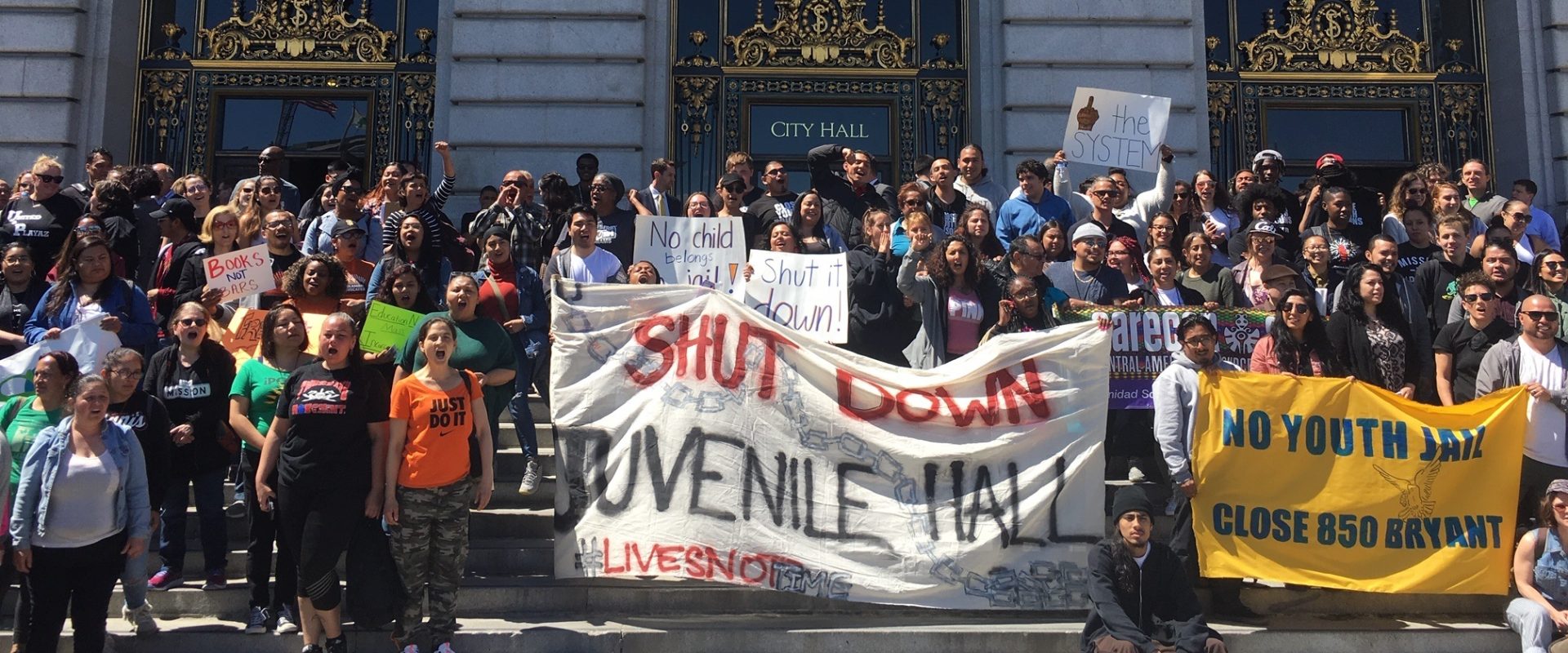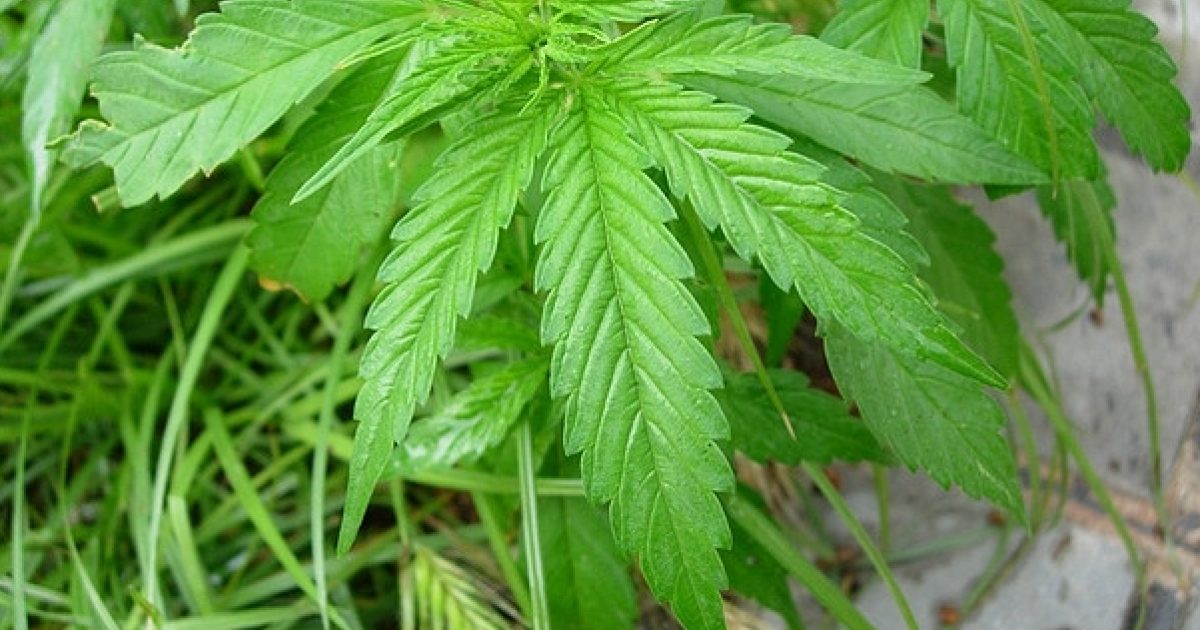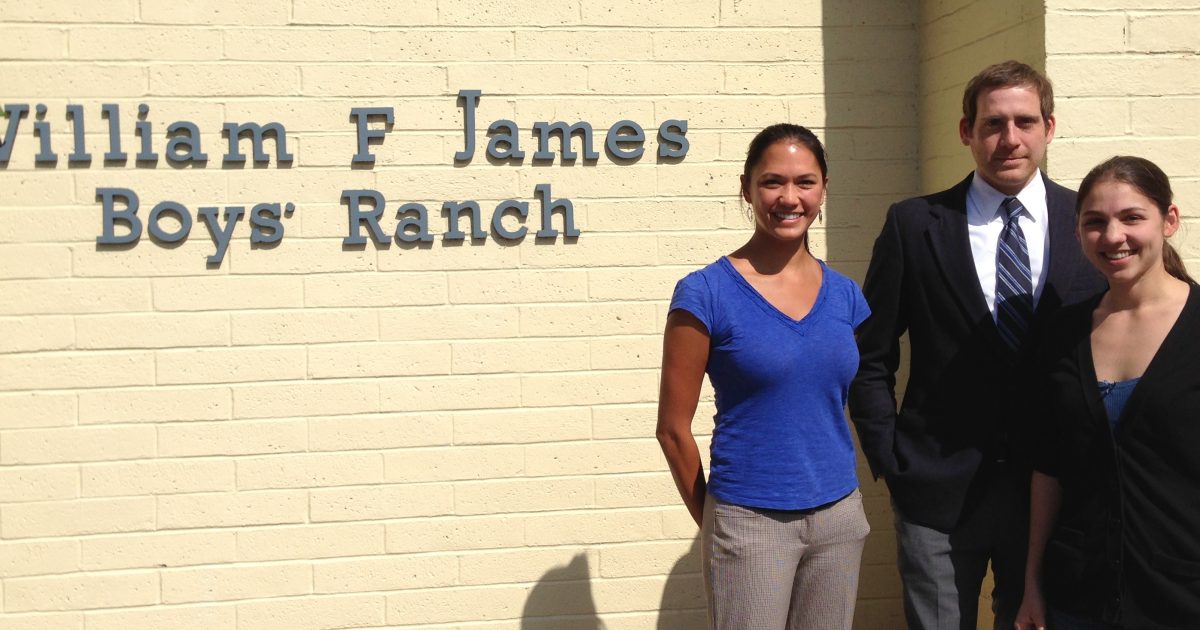Jun 19, 2013
Línea Abierta : REALINEACION: ¿BENEFICIO O PLAGA?
CJCJ’s NoVA case manager, José Luis Gómez, participates in an interview with Radio Bilingüe in which he emphasizes that Realignment is not just about reducing the overall prison population or moving incarcerated people from a state to local level; Rather, José asserts, AB 109 should be primarily implemented by counties to provide an array of services for justice-involved individuals so that they can improve their lives, reduce recidivism, and ultimately promote overall public health and safety. José
The Positive Youth Justice Initiative is hosting a webinar series to help counties serve youth who are involved in both the dependency and delinquency systems. Today’s webinar was on implementing wraparound services, presented by CJCJ.
Jun 5, 2013
Racial gap in pot busts extends to SF
In San Francisco, a city that prides itself on a progressive attitude toward marijuana, authorities have been arresting fewer and fewer people for pot possession. But African Americans are arrested at far higher rates than whites.
CJCJ’s California Sentencing Institute (CASI) released its 2011 juvenile justice data today, showing a continued trend away from state confinement and towards community-based options for high-needs youth.
May 27, 2013
Brave Experiment at a California Boys Ranch Pays Off
Increasingly, experts are recognizing that the best way to improve public safety is to rely less on state correctional institutions for treating youth offenders, and more on the dynamic therapeutic approach delivered at the county level.




